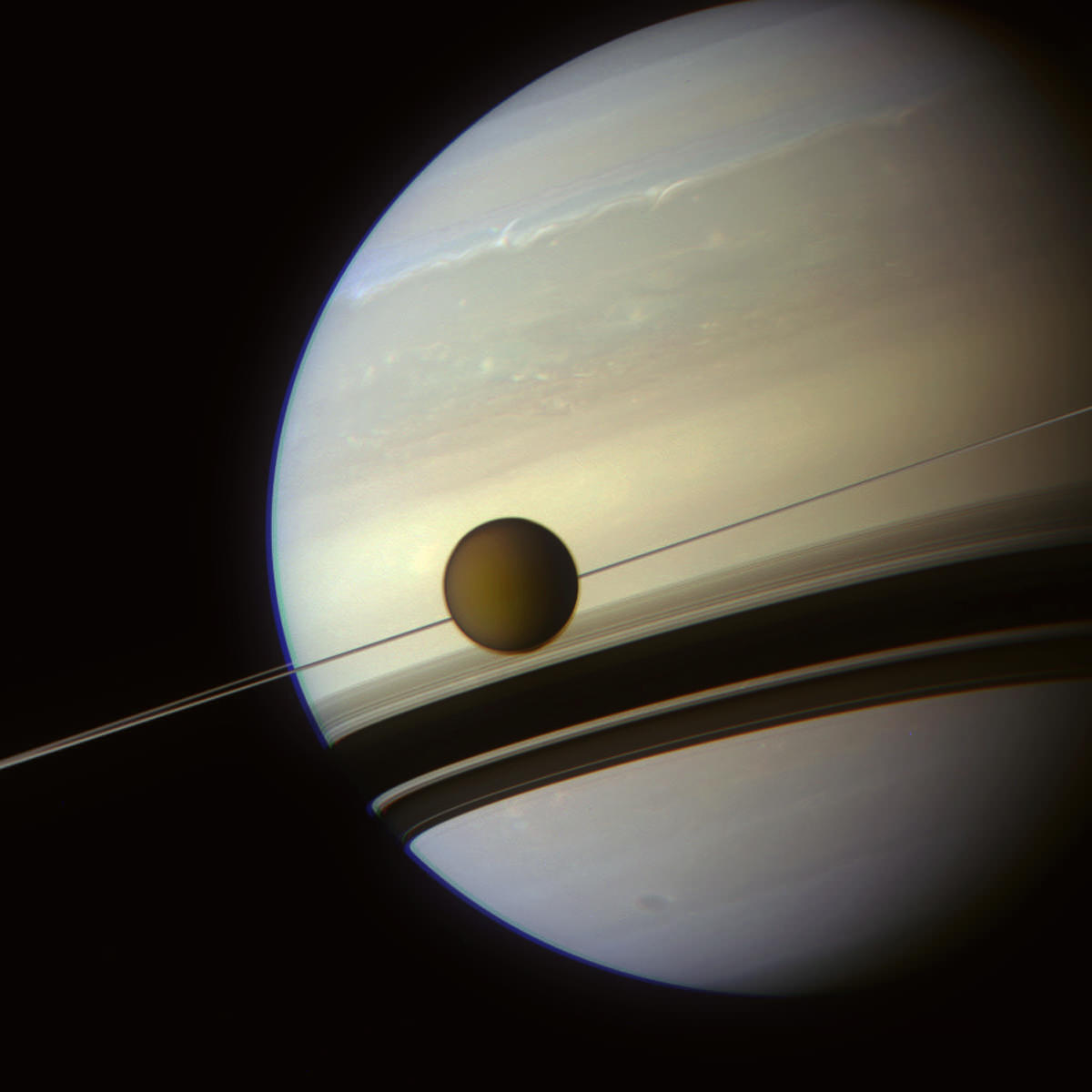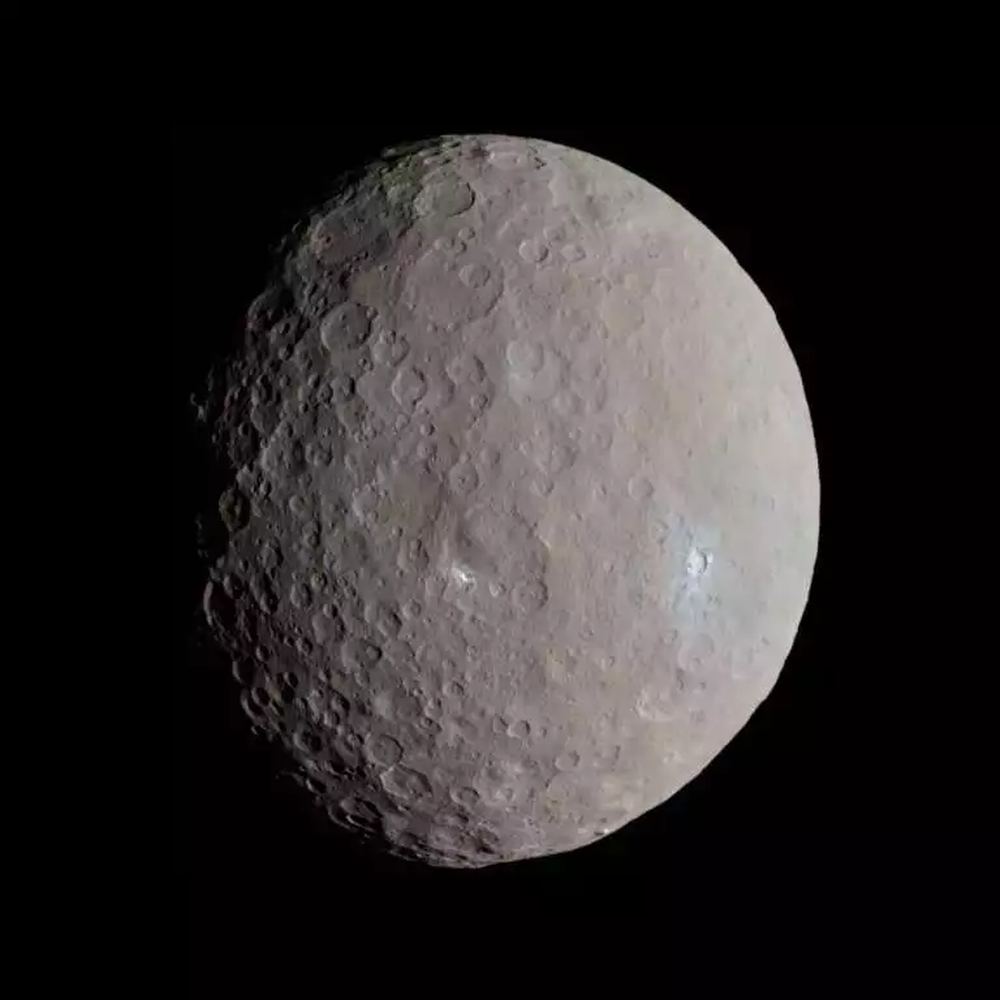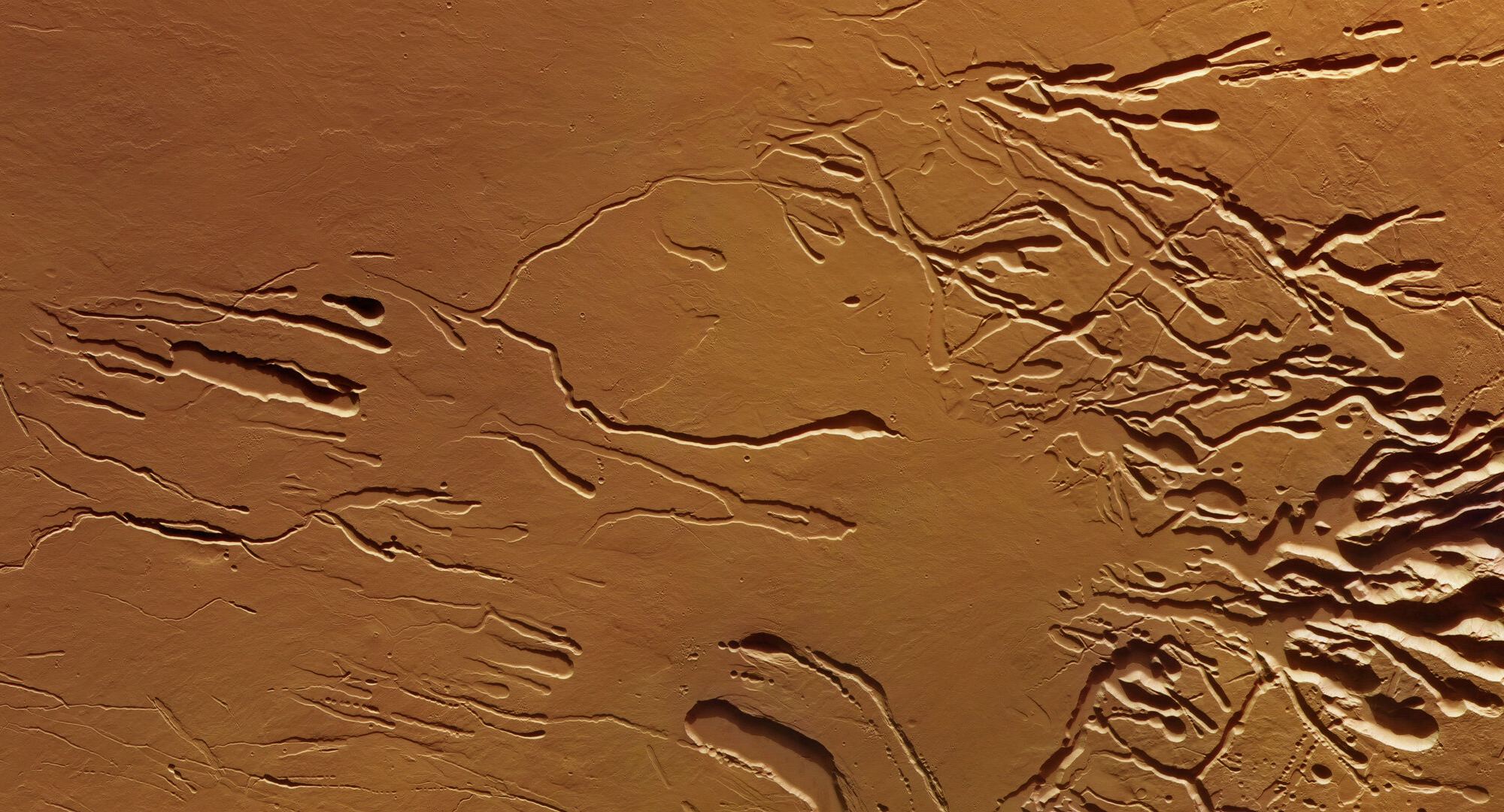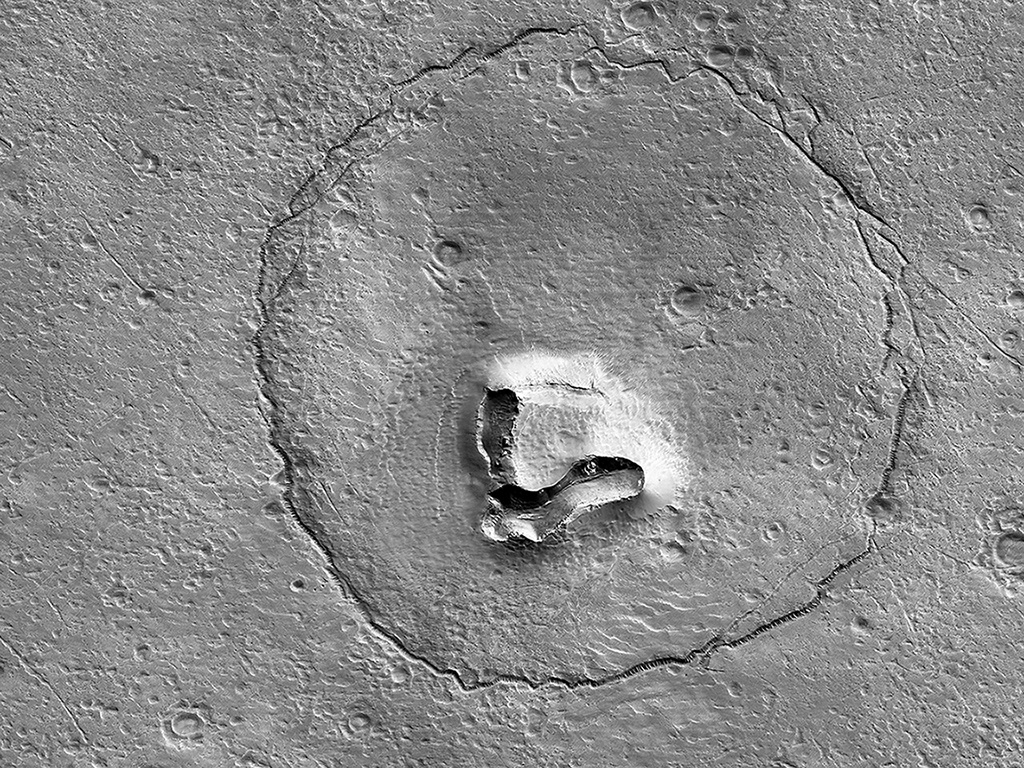Think of the Moon and most people will imagine a barren world pockmarked with craters. The same is likely true of Mars albeit more red in colour than grey! The Earth too has had its fair share of craters, some of them large but most of the evidence has been eroded by centuries of weathering. Surprisingly perhaps, Venus, the second planet from the Sun does not have the same weathering processes as we have on Earth yet there are signs of impact craters, but no large impact basins! A team of astronomers now think they have secured a new view on the hottest planet in the Solar System and revealed the missing impact sites.
Continue reading “New View of Venus Reveals Previously Hidden Impact Craters”New View of Venus Reveals Previously Hidden Impact Craters










